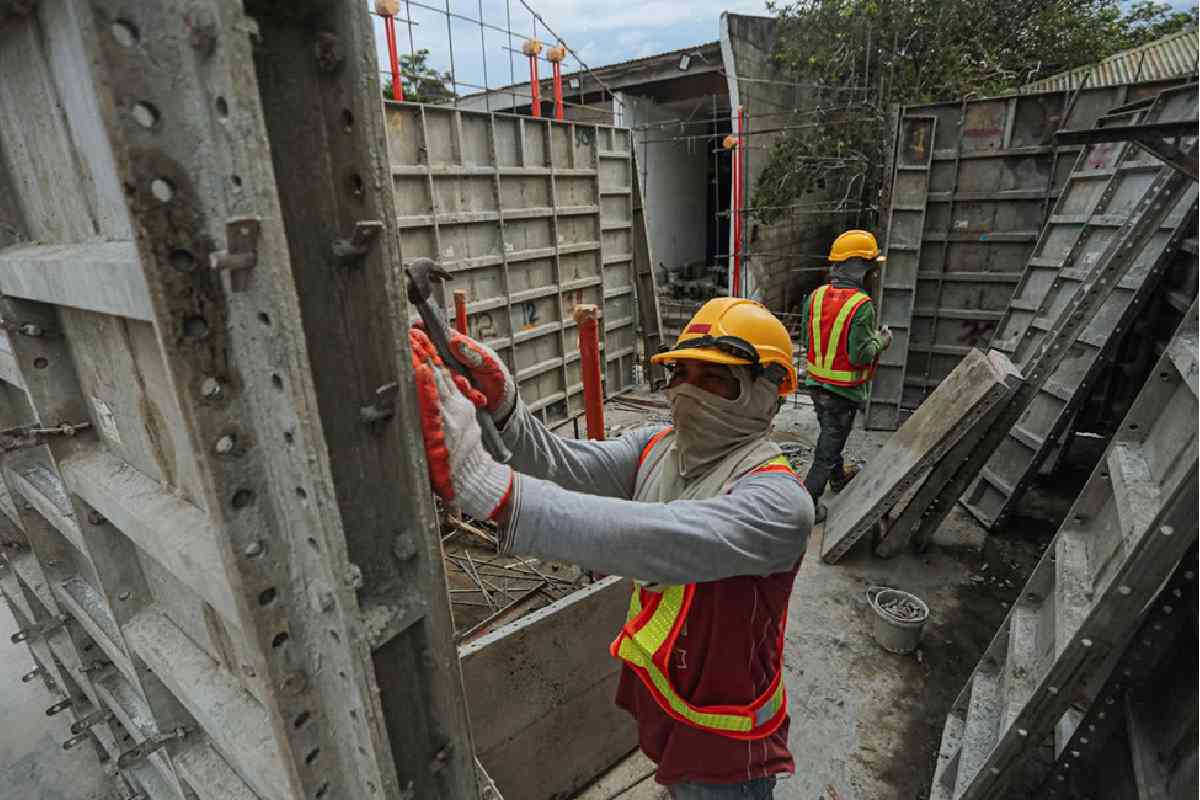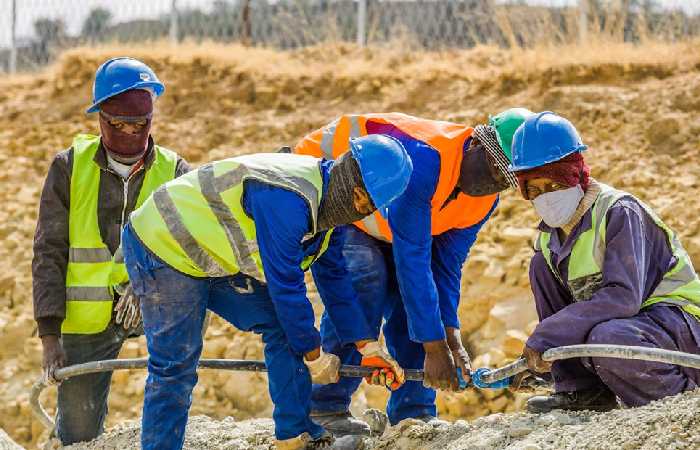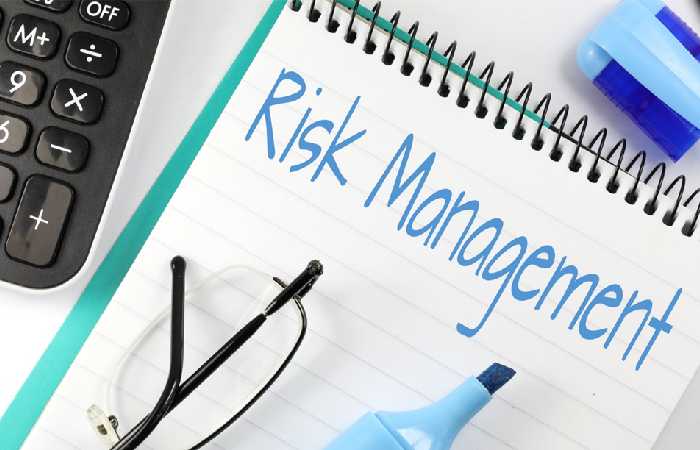
Construction projects are big and often tricky. There are a lot of moving parts, individuals, and plans involved, and a small mistake can cause big problems. That’s why construction risk management is so crucial.
If something goes wrong, it could hurt someone, cost more money, or even delay the project. You can read this article to see some common reasons for delays in construction projects. But you can find and stop a lot of these risks early if you take the right steps. That’s what this guide is all about: making sure that projects stay safe, on time, and on budget.
What is Construction Risk Management?
Finding and fixing issues that might go wrong in a building project is what construction risk management is all about. It helps teams get ready for challenges before they happen. The first step is to think about everything that could go wrong. These could be issues with money, safety, delays, or even terrible weather.
Once you know what could go wrong, you establish a plan to avoid or reduce the damage. This process helps construction companies make better decisions. It also keeps the project running smoothly and protects workers.
Why Construction Risk Management Matters
There are risks in every construction job, even though they might be different. These risks can become serious issues if you don’t have a plan. This is why it’s necessary to manage risk:
- It helps keep costs down.
- It keeps the work on schedule.
- It keeps workers safe.
- It helps teams use their time and materials efficiently.
- It builds trust with clients and investors.
- There are fewer arguments or legal fights.
- Companies make more profit.
Projects that do a good job of managing risks usually finish faster and with fewer problems.
Types of Risks in Construction

Let’s look at the most common kinds of risks you might face on a construction site.
Financial
These have to do with money.
- The cost of materials might go up.
- The client might not pay when they said they would.
- The project might need more money than was intended.
Schedule
These cause delays.
- Work may be slowed down by bad weather. You can visit https://blog.constructionmarketingassociation.org/ to find out why bad weather is such a big issue in construction.
- The materials might not arrive when you need them.
- The team might have trouble with old buildings or underground structures.
Design and Engineering
If there are problems with the plans, things can go wrong.
- The design might be wrong.
- The conditions on the site might not be what was expected.
- Plans might not have all the relevant information.
Safety and Health
Construction can be quite dangerous.
- Workers could fall or get hurt.
- Chemicals or dust could harm people.
- Not following safety rules can cause huge problems.
Legal and Contract
These involve rules and agreements.
- If the contract isn’t clear, it could lead to disputes.
- You might not acquire a permit.
- Government rules might change.
Steps in Construction Risk Management
This is a simple 5-step way to deal with risks in construction.
Step 1: Identify Risks
Make a list of all the things that could go wrong. You can identify these issues by talking to the crew, looking at old projects, and reviewing the site. You can also use tools like checklists to help. It’s best to fix small problems early before they get worse.
Step 2: Assess the Identified Risks
Next, figure out how likely each risk is to happen. Also, think about how much damage it could cause. Some hazards are not significant and not very likely to happen, while others could stop the whole project. Always work on the biggest issues first.
Step 3: Plan for Risks
Now it’s time to create a plan. You can:
- Try to avoid the risk as much as you can.
- Accept it if it’s not significant.
- Transfer the risk to things like contracts or insurance.
- Take action to reduce it.
These are the four options you can take when planning for potential hazards. When mitigating project risks, make sure everyone knows their role. The plan works better when all parties involved practice effective communication.
Step 4: Act and Monitor
Keep an eye on things as the project goes forward. Make sure the risk plan is working, and if it isn’t, change it. Use digital tools to keep track of your progress. You can also use daily reports to identify problems early on.
Step 5: Review After the Project
After the project is over, go back and see what worked and what didn’t.
- Were the risks handled well?
- Were there any surprises?
- What could be done better next time?
Use this information to make the next project safer and smoother.
Common Challenges in Risk Management

Challenges might still come up, even with a good risk management plan. Here are a few common challenges you might encounter.
- Some teams don’t care about managing risks.
- Not everyone sticks to the plans for ensuring safety or preventing danger.
- Changes made during the project can create new risks.
- A few people don’t want to change old ways of working.
Training is one approach to fix this. Make sure that everyone on the team knows why managing risks is vital.
Tips to Manage Construction Risks Better
Here are some more tips that can help:
- Have regular meetings to discuss new safety and risk updates.
- Make sure you don’t forget anything by using checklists for your everyday tasks.
- Keep track of all changes to the project so you can find new hazards.
- Work with teams that are experienced and know how to handle difficulties.
- Keep everything organized using risk management software.
The Role of a Construction Risk Manager
In bigger companies, there may be one individual whose job it is to manage risk. This person checks for risks at every step of the job. They help you figure out if a project is worth doing.
They also check on the team to make sure that everyone is following safety rules. Risk managers use tools to gather data, track progress, and improve future plans. You can check here to find out more about the management tools these managers use. They are like the project’s safety net, always on the lookout for problems and helping to fix them quickly.
Conclusion
Every construction project has some level of risk. You can’t entirely prevent it, but you can become ready for it. You can keep your project safe, on time, and on budget by following a step-by-step plan, keeping an eye out for new problems, and making smart decisions. Keep in mind that reducing project risks not only helps you finish the job, but it also protects your team, your money, and your reputation.